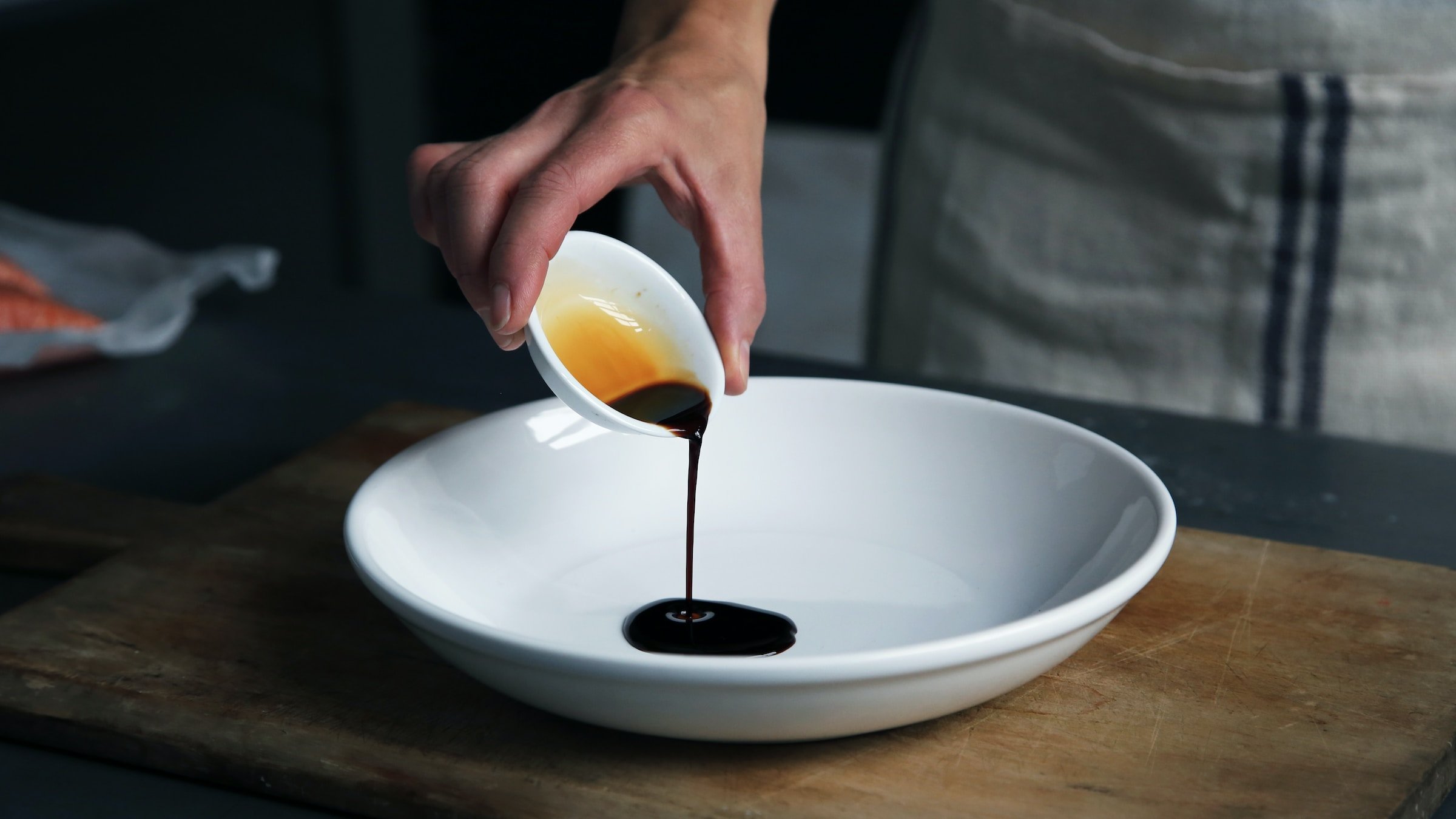Get to Know 5 Kinds of Artisan Japanese Rice Vinegars
Greg Dunmore photo courtesy The Japanese Pantry
If you’ve eaten Japanese food, it’s likely you’ve tried at least something made with rice vinegar. It’s used in sushi, salads, pickles, dipping sauces, for braising meat, and more. But there’s a world of difference between industrial-produced rice vinegar you might find in the supermarket and the craft products made by artisans. The next thing to know about Japanese rice vinegar is that it is not rice wine vinegar. It’s made from sake, which is only mistakenly called “rice wine.” Sake is a brewed product, more akin to beer, although it’s not beer either.
Vinegar is an ancient product and producer Iio Jozo shares the following:
Vinegar was first produced in Japan around the 4th to 5th century. It is said that rice vinegar brewing technology was introduced from China along with the technology for making sake, and that it was first produced in Izumi no Kuni (in the southern part of today’s Osaka Prefecture). In the Manyoshu (Anthology of Myriad Leaves) from the Nara period (710-794), there is a poem about “namasu”, a vinegar dish, and this is said to be the oldest description of vinegar in Japan.
In the Yoro Code (718), it is written that vinegar was produced along with sake by a sake maker. However, vinegar at that time was reserved for the imperial court and aristocrats. It was a luxury item that was out of reach of the common people.
It was not until the Edo period (1603-1867) that vinegar became popular as a seasoning. Vinegar production methods spread throughout the country, and many dishes using vinegar were created along with the spread of vinegar.
It was around this time that sushi was created for the first time. It is called “Hayazushi”, which is made by mixing rice with vinegar and pressing it into sushi. By the end of the Edo period, nigiri-zushi and inarizushi were born, which were very popular among the common people.
We spoke to Greg Dunmore, chef, and co-founder of The Japanese Pantry (an online retailer of specialty Japanese ingredients) to learn the basics about Japanese rice vinegars.
How Rice Vinegar is Made
Iio Jozo barrel photo credit Iio Jozo
Rice vinegar is made by inoculating rice with the koji, a kind of mold which converts the sugars to alcohol. After aging, the sake is mixed with water and the vinegar mother and aged to develop flavor and to allow the alcohol to convert into acetic acid. Dunmore explains that in Japan to be classified as rice vinegar producers are required by law to use 40 grams of rice per liter of vinegar. The base rice vinegar Dunmore carries is made from 200 grams of rice and his premium vinegars use almost double that amount.
In Japanese Home Cooking author Sonoko Sakai explains that industrial producers not only use less rice, but a rice vinegar base rather than sake and often add alcohol made from sugar cane or genetically modified corn, and other vinegars to hasten the fermentation process. They also don’t make their own sake as a base, something Dunmore’s primary producer Iio Jozo does. Mass produced vinegar can be made in as few as 8 hours, whereas the artisanal products take a minimum of 2 years to make, although Dunmore is currently looking into adding a less expensive and lighter style of rice vinegar that is made in 6 months.
The Different Styles of Japanese Rice Vinegar & How to Use Them
Red, Brown, Black, Pure & Premium rice vinegars, photo credit Alanna Hale
Looking at the selection of vinegars The Japanese Pantry carries, with the exception of a few sweet potato based vinegars, the other 10 are rice based including red vinegar, black vinegar, brown rice vinegar and seasoned vinegars for sushi and pickling. When asked about the different kinds of rice vinegar, Dunmore says simply, “We sell two, the pure and premium. Then I think there are two styles—seasoned and unseasoned. Both are made from rice one is going to have ingredients like mirin or kombu. With pickling and sushi vinegar they are a mixture of ingredients, more of a condiment. It’s a base of rice vinegar then other things.”
Spring Vegetable and Chicken Salad photo credit Alanna Hale
Dunmore explains that akasu or red vinegar is made from fermented sake lees. It’s for Edomae style sushi. While chefs use it with rice, Dunmore recommends it for pickles and vinaigrettes including his recipe for Spring Vegetable and Chicken Salad.
Brown rice vinegar is very different because the base rice is different. Brown is in between at 280 grams. It has more umami and a maltiness. I use it only with certain dishes. You can make a ponzu with either one, but they will taste different. Brown rice vinegar is not as common. I like to cook with it a lot. To braise pork belly, or with pork ribs, it’s a great salad dressing too. It’s mainly for salad dressings and braising. He also uses it in ponzu sauce.
Black vinegar is made in a very different style, it ages for years in a crock, in the sun.
After learning the basics of Japanese vinegar, you might still be curious which artisan rice vinegar Dunmore thinks cooks should consider if they want to upgrade. “The pure rice vinegar,” he states unequivocally, “It blows everyone away. Then if people want to geek out, they use the premium.”





